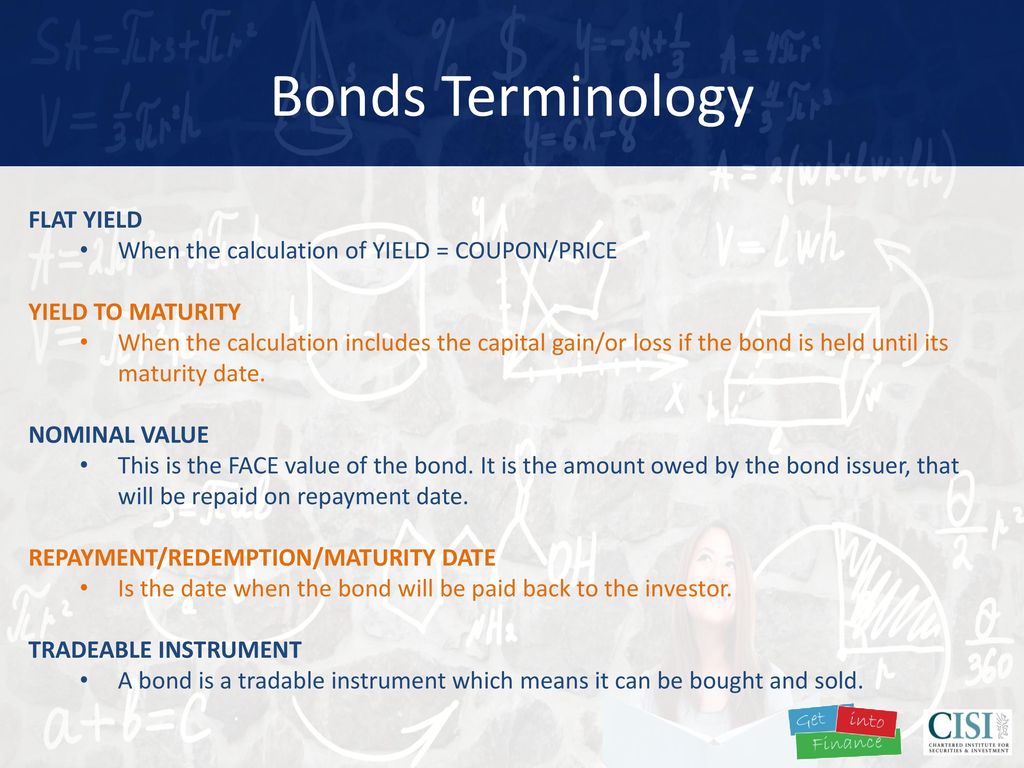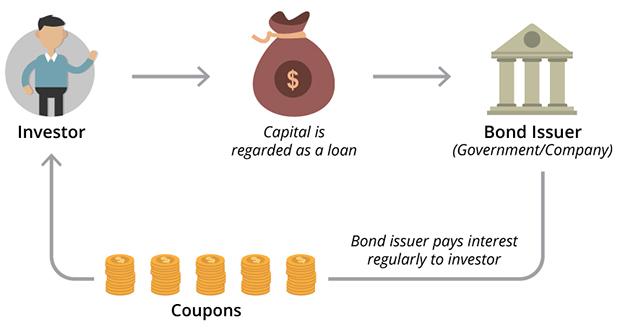What Happens When an Issuer Sells Bonds Above Par Value
In the bond market, issuers often face the decision of whether to sell their bonds at par value, at a discount, or at a premium. If an issuer sells bonds at a premium, it means that the bonds are being sold at a price higher than their face value. This can occur when market conditions are favorable, and investors are willing to pay a premium to invest in high-quality bonds. For instance, if an issuer sells bonds at a premium, it may be able to attract more investors and raise capital at a lower cost. The premium amount represents the extra value that investors are willing to pay for the bond, which can be influenced by factors such as the issuer’s creditworthiness, the bond’s maturity period, and the prevailing interest rates.
How to Take Advantage of Premium Bond Sales
For investors, premium bond sales can offer attractive opportunities to generate returns. If an issuer sells bonds at a premium, it can provide investors with a higher yield compared to bonds sold at par value. To take advantage of premium bond sales, investors should focus on identifying issuers with strong credit ratings and a stable financial position. This can help mitigate the risk of default and ensure that investors receive their principal amount along with the premium. Additionally, investors should carefully evaluate the bond’s terms, including the coupon rate, maturity period, and callability features, to ensure that they align with their investment goals. By adopting a disciplined approach to investing in premium bonds, investors can potentially earn higher returns and diversify their portfolios.
The Impact of Premium Bond Sales on an Issuer’s Financial Health
When an issuer sells bonds at a premium, it can have a significant impact on its financial health. The premium amount received from the sale of bonds can increase the issuer’s revenue, which can be used to repay debt, invest in new projects, or enhance its liquidity position. If an issuer sells bonds at a premium, it can also reduce its borrowing costs, as the premium amount can offset the interest expenses incurred on the bond. Furthermore, the sale of premium bonds can improve an issuer’s cash flow, enabling it to meet its short-term obligations and invest in growth opportunities. However, it is essential for issuers to carefully manage the proceeds from premium bond sales, as the increased revenue can also attract higher taxes and affect the issuer’s financial ratios. By effectively utilizing the premium amount, issuers can strengthen their financial position and create long-term value for their stakeholders.
Understanding the Role of Market Conditions in Premium Bond Sales
Market conditions play a crucial role in determining the demand for premium bonds and the prices at which they are sold. If an issuer sells bonds at a premium, it is often a reflection of the prevailing market conditions. In a low-interest-rate environment, investors may be willing to pay a premium for bonds that offer higher yields, driving up demand and prices. Conversely, in a high-interest-rate environment, investors may be less willing to pay a premium, leading to lower demand and prices. Economic indicators, such as GDP growth and inflation rates, also influence the demand for premium bonds. For instance, in a growing economy, investors may be more willing to take on risk and pay a premium for bonds that offer higher returns. Furthermore, market volatility and liquidity conditions can also impact the demand for premium bonds. By understanding the role of market conditions in premium bond sales, issuers and investors can make informed decisions about when to sell or buy premium bonds, and at what price.
The Relationship Between Credit Rating and Premium Bond Sales
The credit rating of an issuer plays a significant role in its ability to sell bonds at a premium. Issuers with high credit ratings are generally considered to be more creditworthy and are therefore more likely to attract investors willing to pay a premium for their bonds. If an issuer sells bonds at a premium, it is often a reflection of its strong credit profile, which provides investors with a higher degree of confidence in the issuer’s ability to meet its debt obligations. Conversely, issuers with lower credit ratings may struggle to sell bonds at a premium, as investors may view them as riskier and therefore less likely to repay their debt. Furthermore, the credit rating of an issuer can also impact the yield required by investors, with higher-rated issuers typically able to issue bonds at lower yields. By understanding the relationship between credit rating and premium bond sales, investors can make more informed decisions about which bonds to invest in, and issuers can better position themselves to take advantage of premium bond sales opportunities.
Premium Bond Sales: A Comparative Analysis of Different Industries
The use of premium bond sales varies across different industries, with each sector presenting unique challenges and opportunities for issuers. In the financial sector, for instance, premium bond sales are often used to raise capital for lending activities, taking advantage of the sector’s high credit ratings and strong investor demand. In contrast, issuers in the energy sector may face higher borrowing costs due to the perceived risk of their operations, making it more challenging to sell bonds at a premium. If an issuer sells bonds at a premium in the technology sector, it may be able to capitalize on the sector’s high growth potential and attract investors seeking higher returns. Meanwhile, issuers in the healthcare sector may benefit from the sector’s relatively stable cash flows and strong credit profiles, making it easier to sell bonds at a premium. By understanding the industry-specific factors that influence premium bond sales, issuers can tailor their strategies to their sector’s unique characteristics and take advantage of opportunities to raise capital at a premium.
The Tax Implications of Premium Bond Sales
The tax implications of selling bonds at a premium are a crucial consideration for both issuers and investors. If an issuer sells bonds at a premium, the premium income generated is generally subject to taxation, which can impact the issuer’s bottom line. In some jurisdictions, the premium income may be treated as capital gains, while in others, it may be considered ordinary income. Investors, on the other hand, may be subject to taxation on the interest income earned from premium bonds, as well as any capital gains realized upon sale or maturity. Furthermore, the tax treatment of premium bonds can vary depending on the investor’s tax status and the jurisdiction in which they reside. For example, tax-exempt investors, such as pension funds or non-profit organizations, may be exempt from taxation on premium bond income. By understanding the tax implications of premium bond sales, issuers and investors can optimize their tax strategies and maximize their returns. Additionally, issuers can consider structuring their premium bond offerings to minimize tax liabilities and attract tax-sensitive investors.
https://www.youtube.com/watch?v=Z_Kb7GfY0j0
Best Practices for Issuers Selling Bonds at a Premium
To successfully sell bonds at a premium, issuers must adopt a strategic approach that takes into account market conditions, investor demand, and the issuer’s financial goals. If an issuer sells bonds at a premium, it is essential to price the bonds competitively, considering factors such as the issuer’s credit rating, market interest rates, and the bond’s term to maturity. Effective marketing is also crucial, as issuers must communicate the value proposition of their premium bonds to attract investors. This may involve highlighting the bond’s unique features, such as a higher coupon rate or enhanced credit quality. Additionally, issuers should prioritize building strong relationships with investors, providing transparent and timely disclosure, and maintaining open communication channels. By adopting these best practices, issuers can increase the likelihood of a successful premium bond sale, while also enhancing their reputation in the capital markets. Furthermore, issuers should consider the tax implications of selling bonds at a premium, as discussed earlier, and structure their offerings accordingly to minimize tax liabilities and maximize returns. By doing so, issuers can unlock the full benefits of premium bond sales and achieve their financing objectives.





